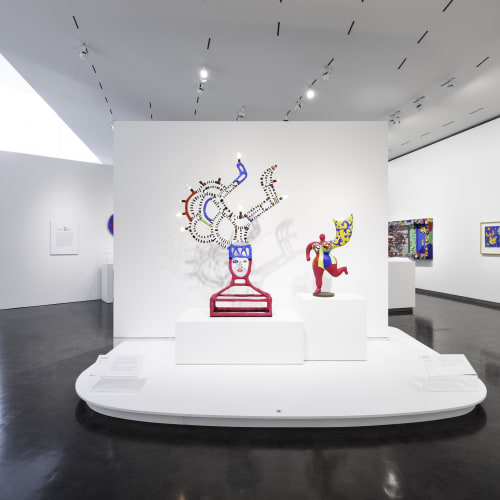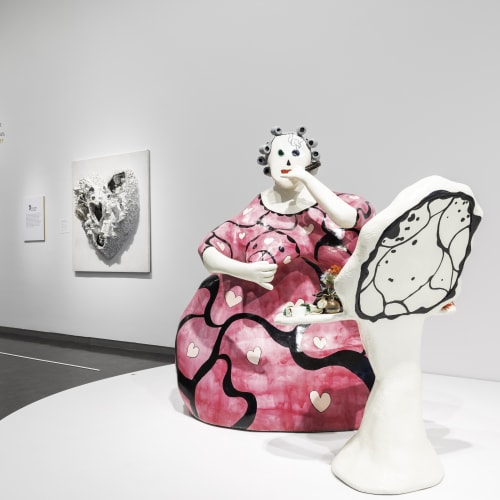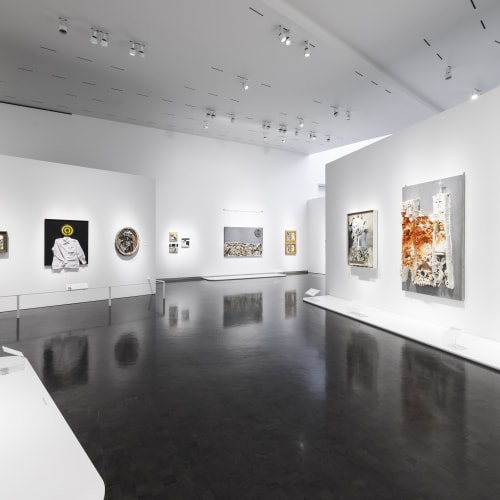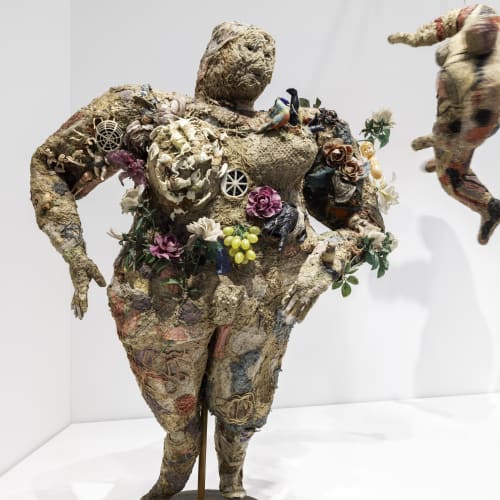One of the most innovative artists of the second half of the twentieth century, Niki de Saint Phalle (French-American, 1930–2002) burst upon the international art world in the 1960s. Although a self-taught artist, she was quickly recognized as an important participant in cutting-edge contemporary art both in Europe and America. Niki de Saint Phalle used art as a rebellion against a patriarchal society and childhood trauma. She created a signature language of iconic forms such as her “Nanas”—unapologetic images of empowered womanhood—that testified to her belief that art could change the world. With her performances, bold sculptures, and immersive public art and playgrounds, she engaged with important deeper social issues.
This is the first U.S. museum exhibition of Saint Phalle’s entire career, drawn from the Museum of Modern and Contemporary Art (MAMAC) in Nice, France, which holds the largest collection of her work in France, and enriched by loans from the Niki Charitable Art Foundation in Santee, California. The works on view explore Saint Phalle’s universe, from her early, explosive “Shooting” paintings, to her powerful Nanas, fantastical sculptures of her Tarot Garden, and her pioneering efforts to combat racism, gender inequality, and HIV/AIDS stigma.








